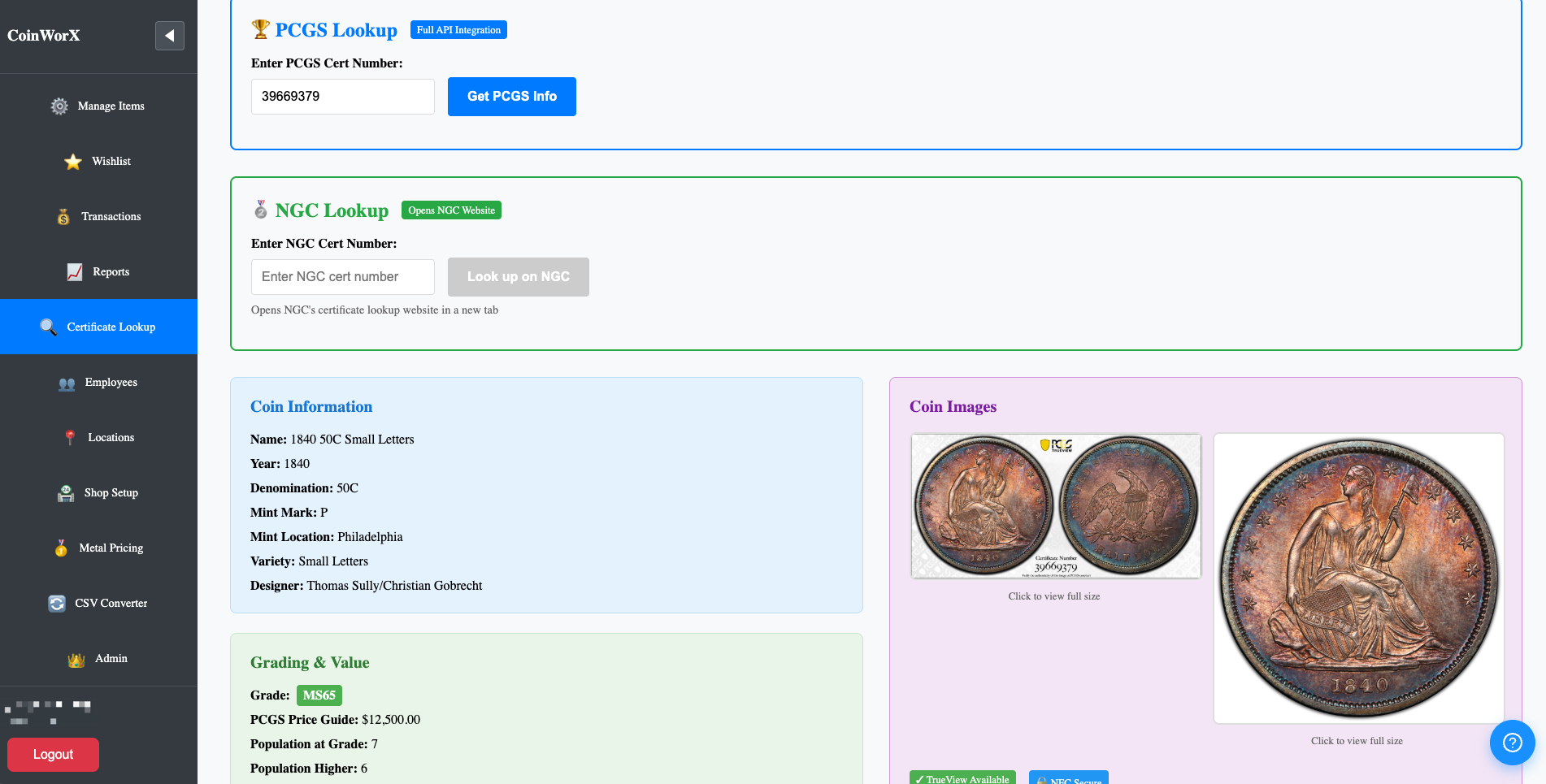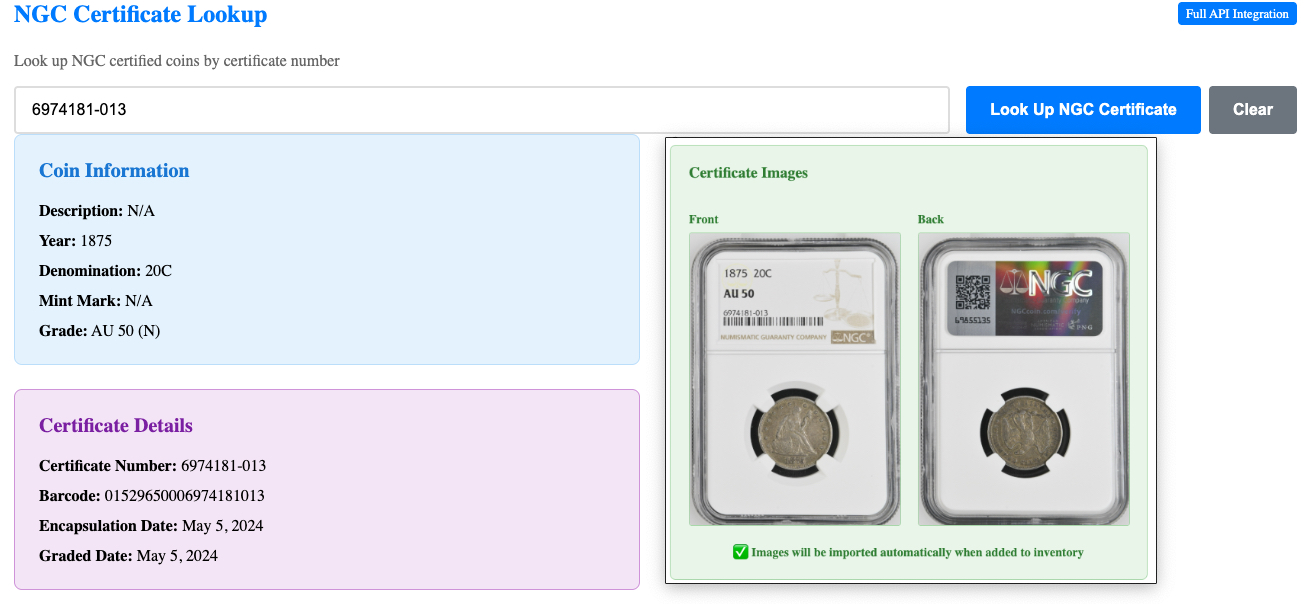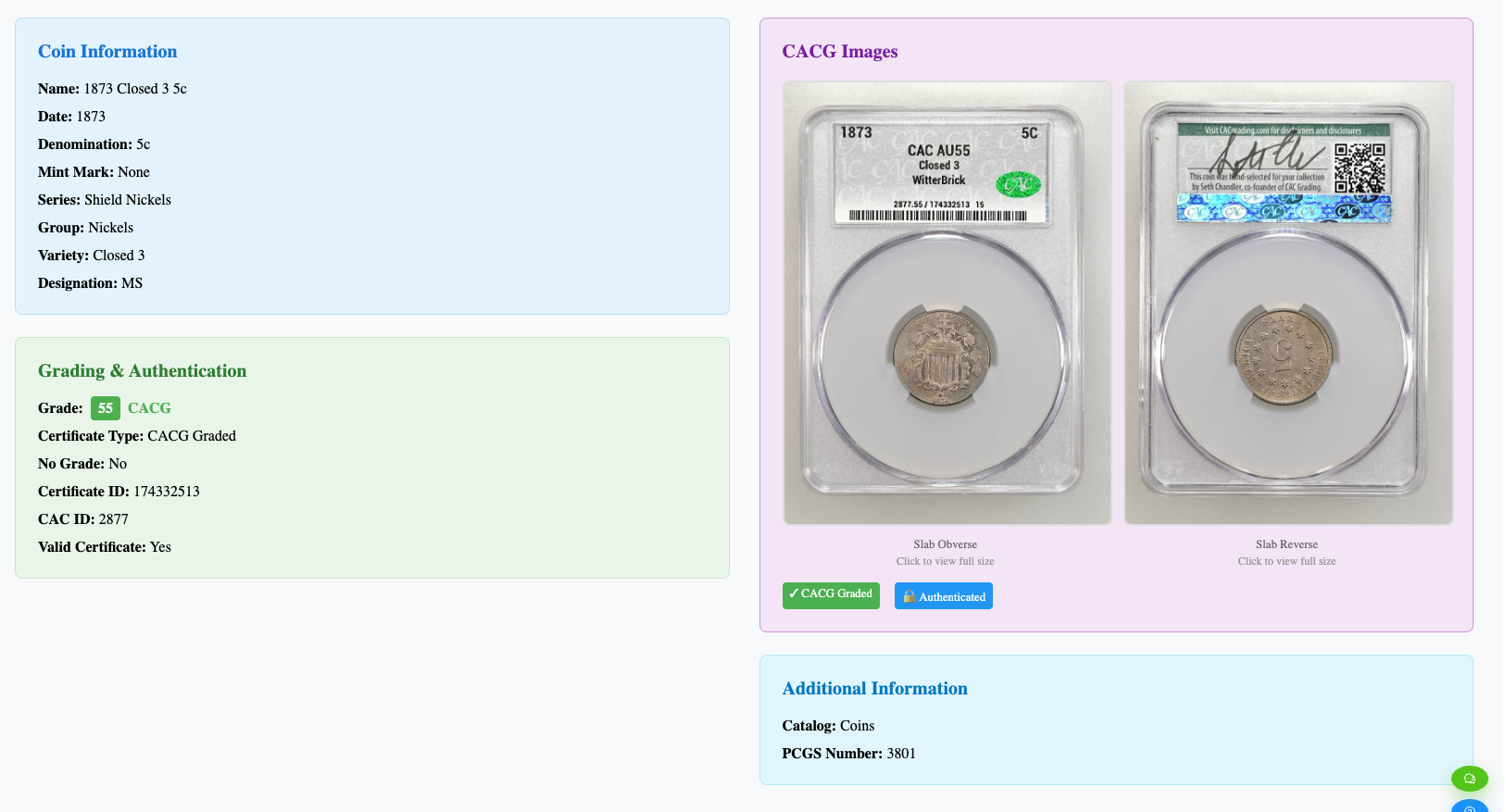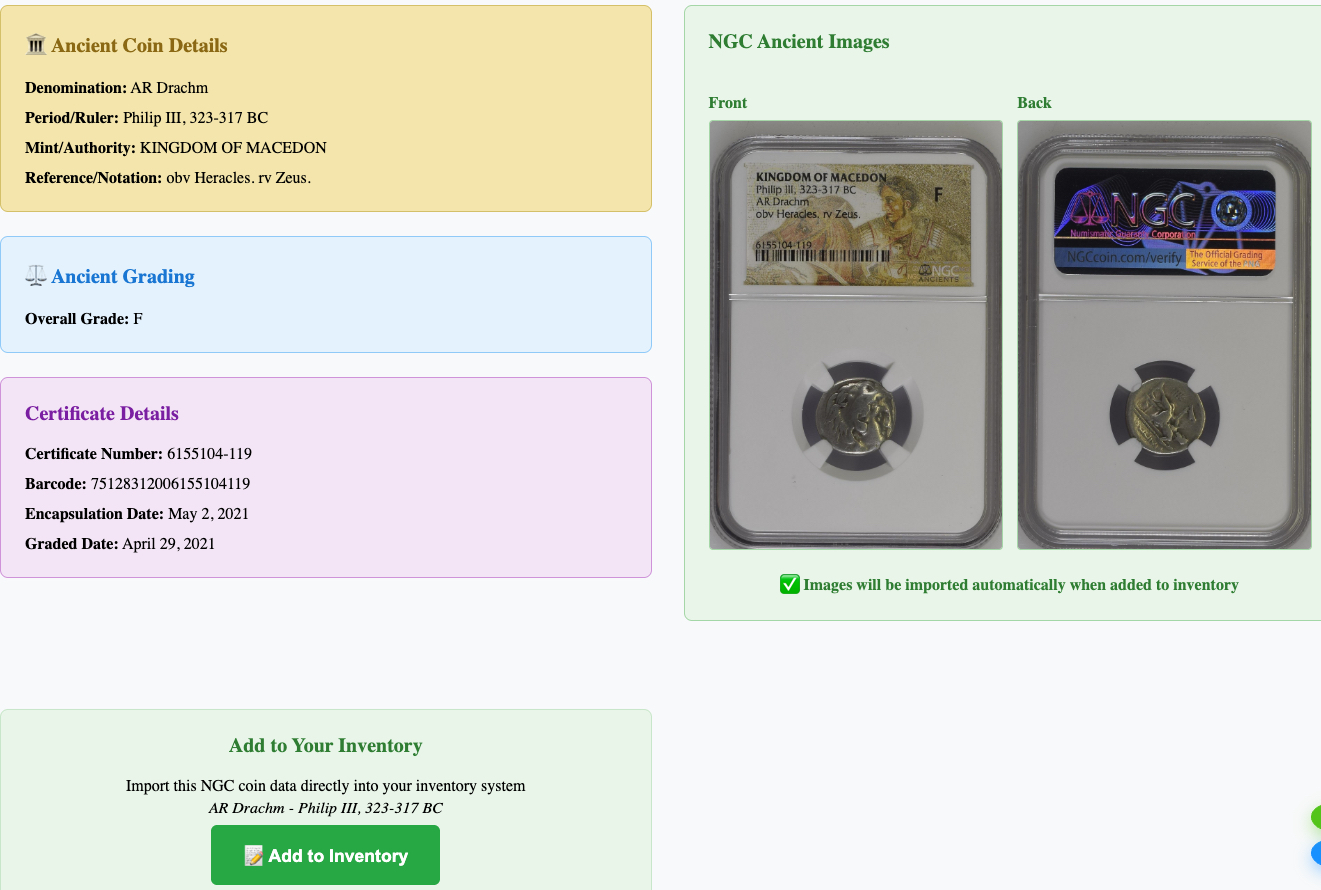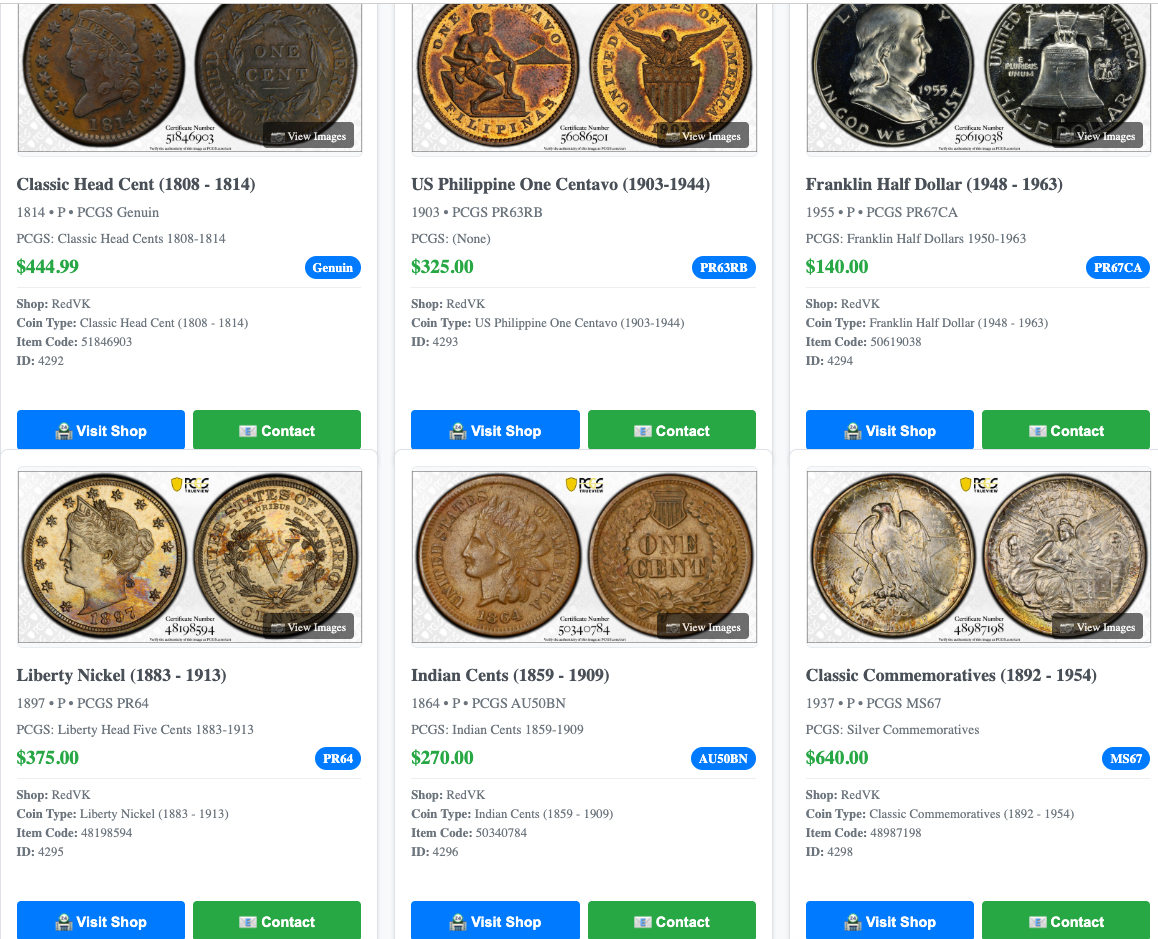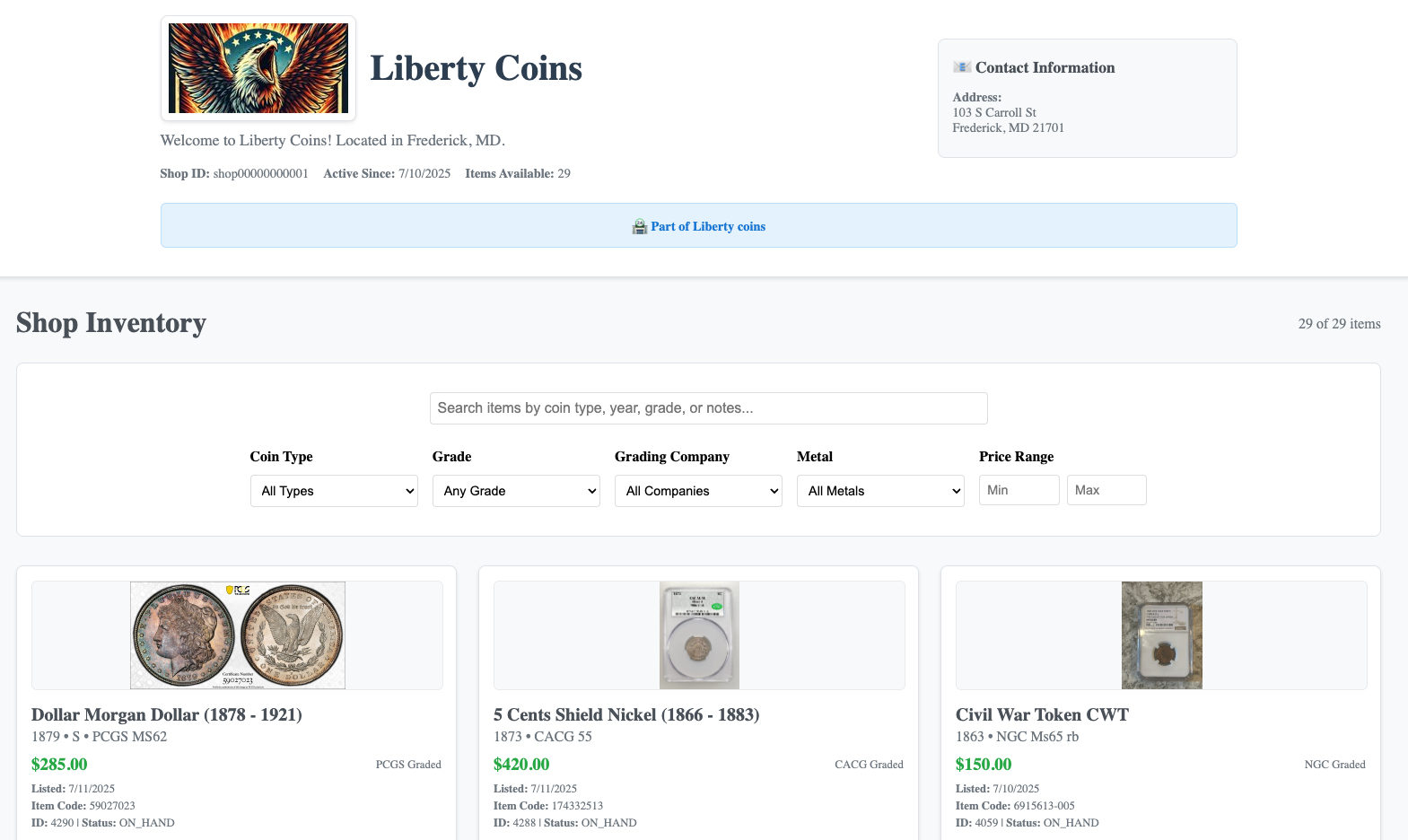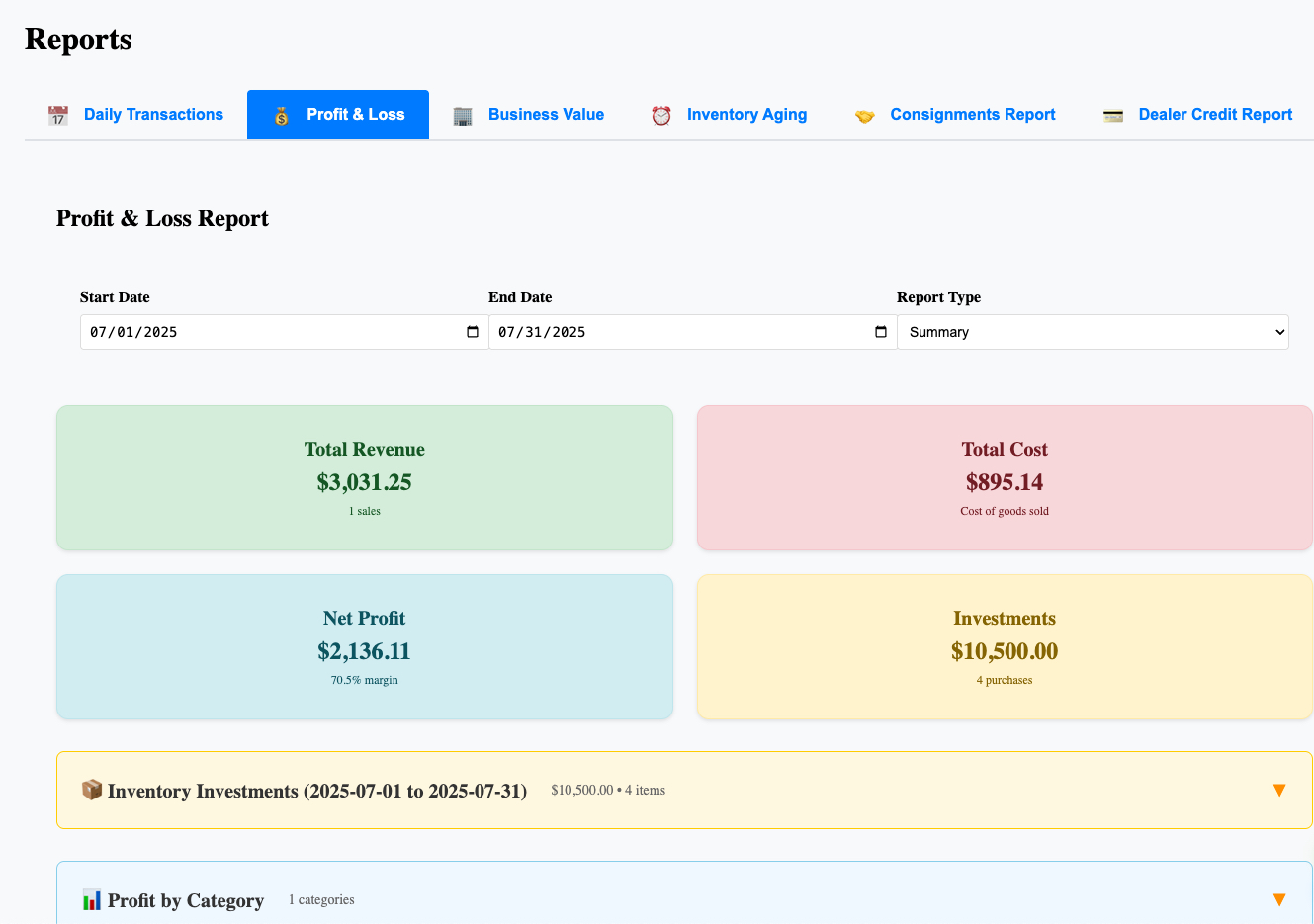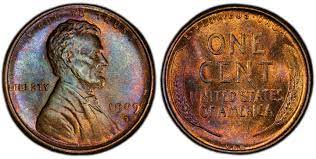
From 1909 to 1958, the Wheat Cent (officially the Lincoln Wheat Cent) circulated as one of America’s most familiar coins. Recognizable by the two wheat stalks on the reverse, these coins are beloved for their historical significance, affordability, and hunt-worthy rarities.
From 1909 to 1958, the Wheat Cent (officially the Lincoln Wheat Cent) circulated as one of America’s most familiar coins. Recognizable by the two wheat stalks on the reverse, these coins are beloved for their historical significance, affordability, and hunt-worthy rarities.
For collectors using coin collection systems, coin collection software, or coin inventory management tools like MyCoinWorx, understanding the key dates of Wheat Cents is crucial. These rare issues often command strong premiums and deserve special attention in your records.
In numismatics, key dates are coins within a series that are scarce due to low mintage, heavy circulation, or survival rates. They’re the “must-haves” for a complete set and typically bring the highest values.
For collectors using coin inventory management software, marking these coins ensures you can:
Here are some of the most sought-after Wheat Cents:
Values for Wheat Cents swing dramatically by grade. A Fine-12 1909-S VDB might sell for a few hundred dollars, while an MS-65 Red example could fetch several thousand. Using the Sheldon Scale within your coin collection software ensures accurate, standardized grading across your collection.
If you’re working on a full Wheat Cent set, your coin collection system should let you:
MyCoinWorx makes it simple to organize Wheat Cents alongside your other series, monitor market changes, and plan your upgrades strategically.
Wheat Cents are more than just small copper coins—they’re miniature pieces of American history. Whether you own a single 1909-S VDB or a complete date-and-mintmark set, tracking your key dates in a robust coin inventory management system is essential for protecting and growing your collection.
